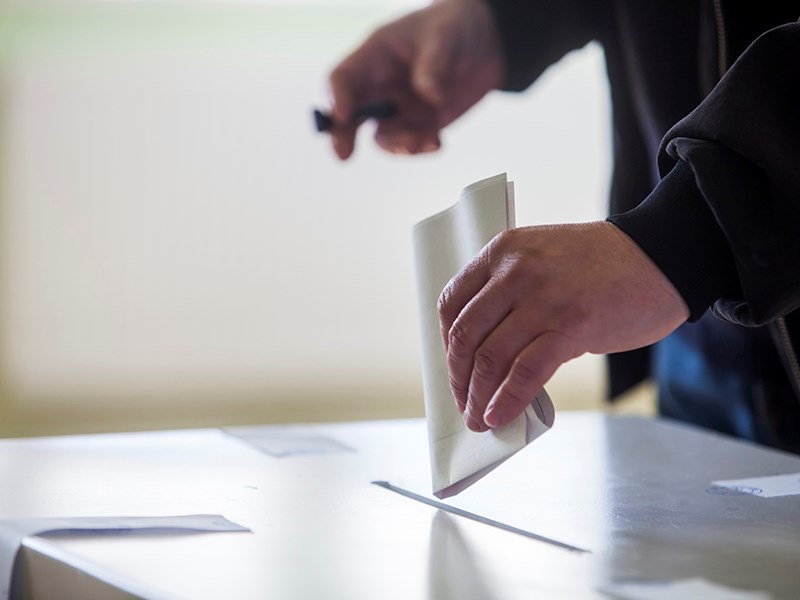When answering a question or making a decision, most people prefer a multiple-choice option.
More candidates on Election Day means more choices, but it also means more research is required for voters to make informed decisions on which candidate is the right choice to represent a region, city or school district over the next four years.
Based on the number of residents who declared candidacy for City of Powell River mayor, City of Powell River council, School District 47 school board trustee and qathet Regional District director positions by the deadline on September 14, multiple choices are exactly what residents of the Powell River region have, except for one.
Current qathet Regional District Electoral Area D director Sandy McCormick faced and defeated three Texada Island opponents in the 2014 general election, but she was the only candidate to declare intent to seek the position in 2018. Although acclamation has determined Area D’s representation, it is the only uncontested race in the region, whether for city council, mayor, school trustee or regional director.
In 2014, Patrick Brabazon (Area A) and Merrick Anderson (Area E) gained regional district director positions by acclamation. Candidates Mark Johnston and Denise Smith will challenge Brabazon this year, while Andrew Fall seeks to replace Anderson as the Lasqueti Island representative.After running unopposed and attaining his second term as City of Powell River mayor by acclamation in 2014, Dave Formosa will face challengers Glenn Holstine and Ron Woznow in 2018. Stan Gisborne and Colin Palmer chose not to seek reelection as regional district directors, so electoral areas B and C feature three-person races, one more for each than in 2014. In addition, with 13 candidates seeking six city council seats and eight others vying for five school trustee positions, choices in all four civic areas are in abundance.
For those who are happy with decisions made over the past four years, incumbents are on the ballot. For those who desire change, new names are competing for that check mark. The voting public should be satisfied with the diverse group of candidates who represent a cross-section of our population.
Requests and demands to get out and vote are coming, although that usually amps up as Election Day approaches. Until then, learning more about the candidates’ positions on issues is essential to determining which box, or boxes, to check on Saturday, October 20.



